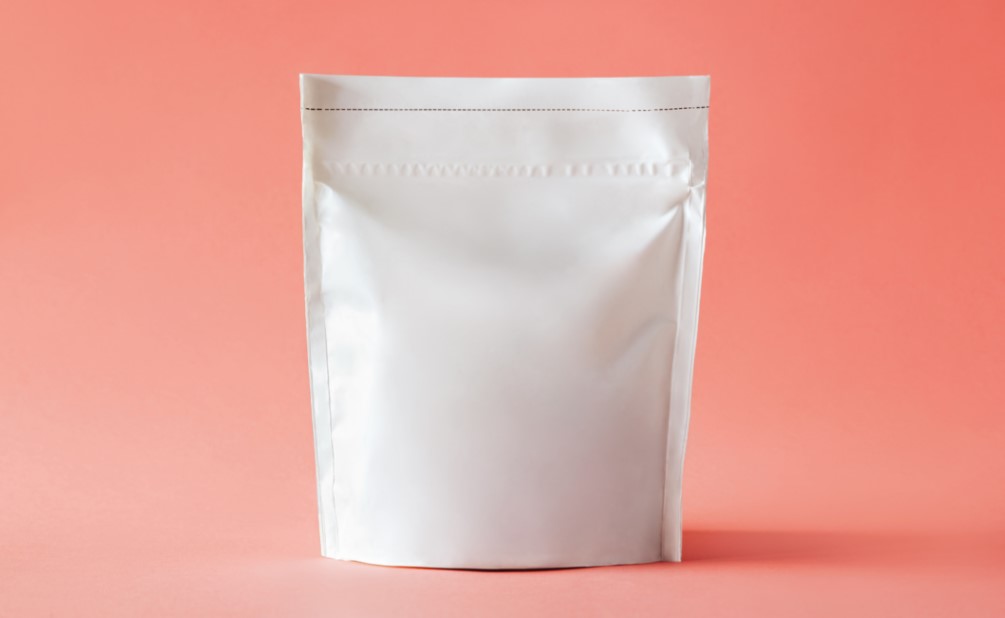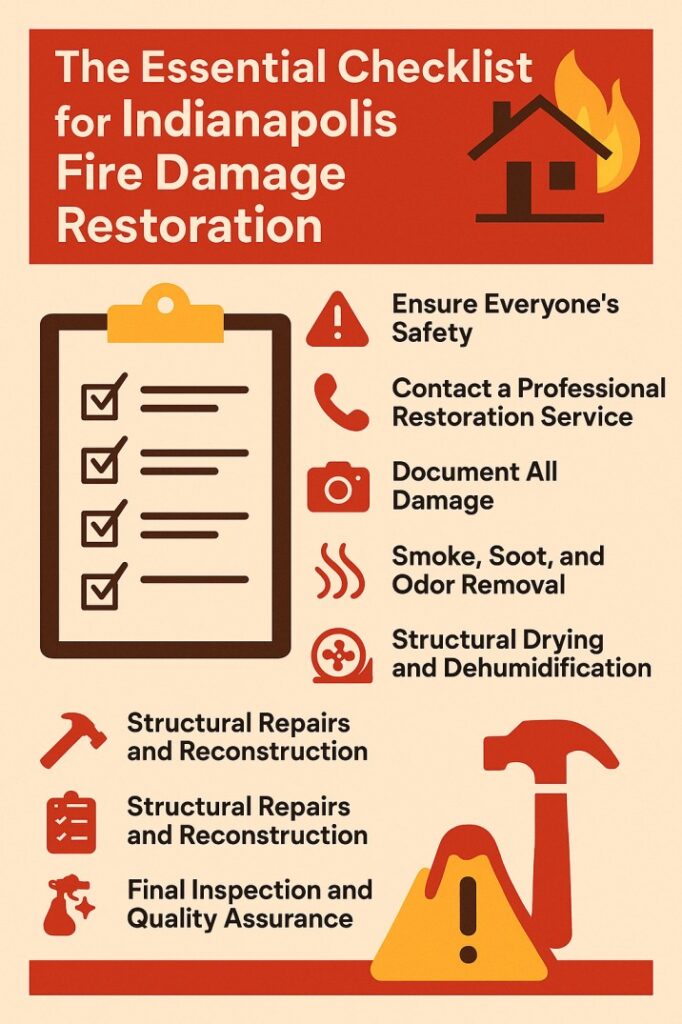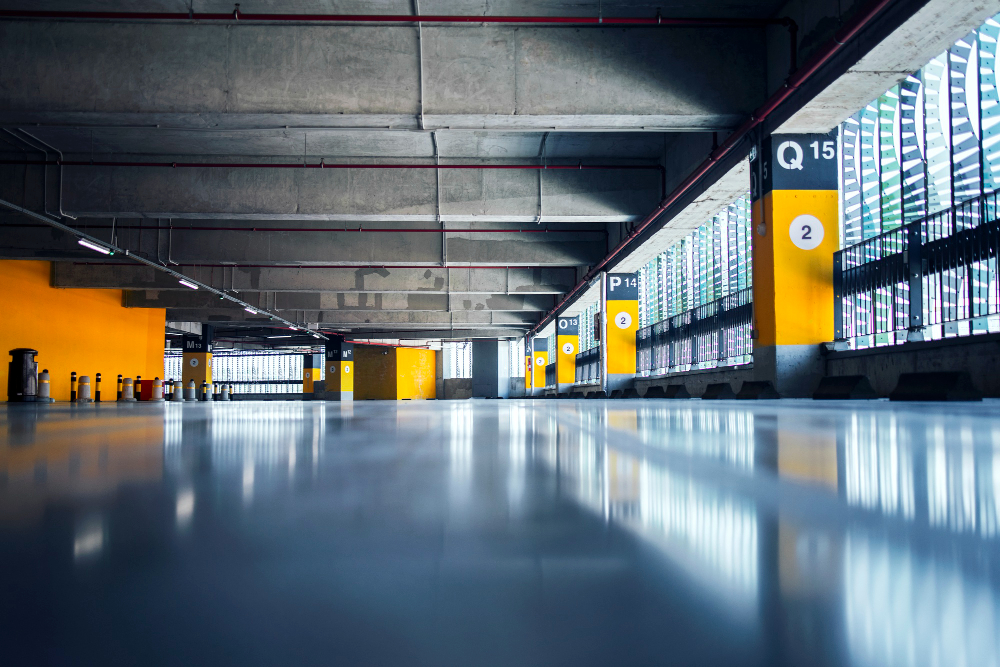Poly bags Bay Area also known as polyethylene bags, are among the most widely used packaging solutions across industries. These flexible, lightweight, and durable bags serve a variety of purposes — from packaging retail goods and food items to protecting industrial components and medical supplies. Their adaptability and cost-effectiveness make poly bags an essential component in the global packaging ecosystem.
What Are Poly Bags?
Poly bags are made from polyethylene, a type of plastic polymer that is durable, moisture-resistant, and relatively inexpensive to produce. Depending on the density and structure, polyethylene can be categorized into three common types used in bag production:
-
Low-Density Polyethylene (LDPE): Offers flexibility and clarity; used in grocery bags, garment bags, and bread bags.
-
High-Density Polyethylene (HDPE): More rigid and opaque; ideal for heavy-duty use such as trash liners and industrial packaging.
-
Linear Low-Density Polyethylene (LLDPE): Combines strength and flexibility; often used in stretch wrap and agricultural films.
Applications of Poly Bags
Poly bags are incredibly versatile and serve numerous sectors:
1. Retail Packaging
Retailers use printed poly bags for branding and packaging a wide range of products, from clothing to electronics. Clear poly bags also allow for easy product visibility on shelves.
2. Food Industry
Food-grade poly bags are safe for direct contact with consumables. They help maintain freshness, prevent contamination, and extend shelf life.
3. Industrial Use
Heavy-duty poly bags protect machinery parts, construction materials, and electronic components from dust, moisture, and damage during transportation or storage.
4. Healthcare and Pharmaceuticals
Poly bags are used to package sterile medical devices, medications, and hospital waste, complying with hygiene and regulatory standards.
Advantages of Poly Bags
-
Cost-Effective: Less expensive compared to other types of packaging like glass or paper.
-
Customizable: Available in various sizes, thicknesses, and printing options.
-
Durable and Lightweight: Easy to handle and transport without compromising strength.
-
Water and Chemical Resistant: Ideal for protecting sensitive products in demanding environments.
-
Recyclable Options: Many poly bags are recyclable, and new innovations are improving their environmental impact.
Sustainability and Environmental Considerations
Despite their many advantages, poly bags face criticism due to environmental concerns. Traditional polyethylene is derived from fossil fuels and can take hundreds of years to decompose. To address these issues:
-
Biodegradable Poly Bags are being developed using natural materials such as cornstarch.
-
Recycling Programs are expanding globally to repurpose used plastic bags.
-
Regulatory Bans and Fees in some regions are encouraging the use of eco-friendly alternatives.
Businesses are increasingly adopting reusable or compostable options to reduce their environmental footprint while still leveraging the benefits of poly packaging.
Conclusion
Poly bags offer a highly functional and economical solution for packaging needs across diverse industries. Their continued evolution — especially in terms of sustainability — ensures that they will remain a vital part of modern commerce and logistics. With innovations in materials and recycling, poly bags are not only convenient but also increasingly aligned with environmental goals.









